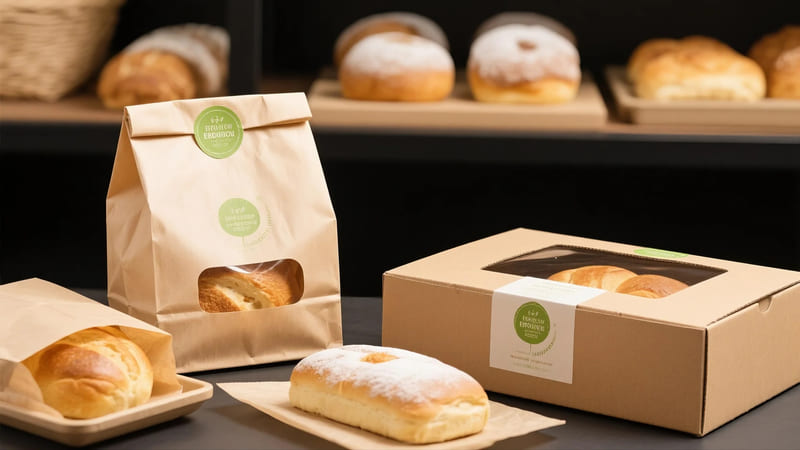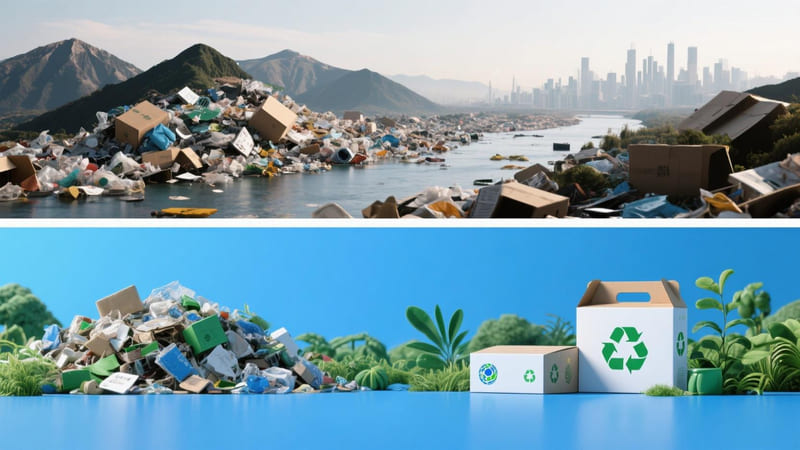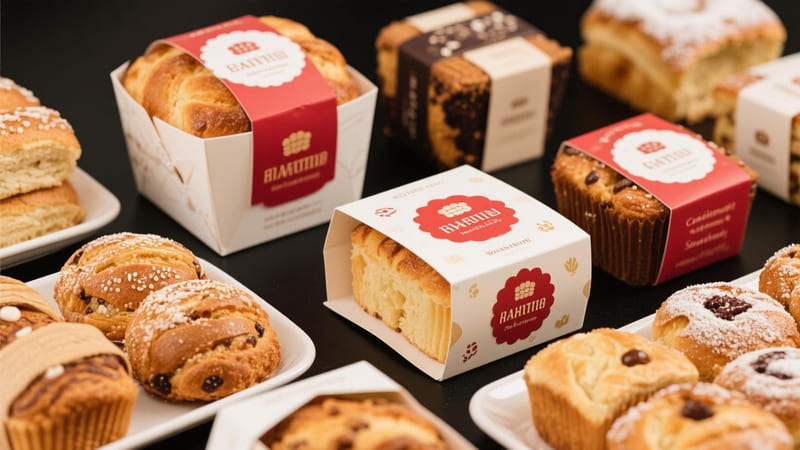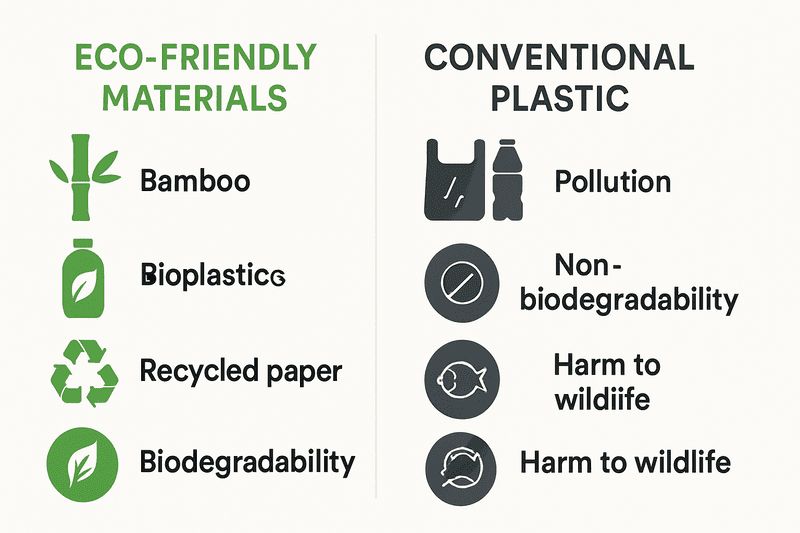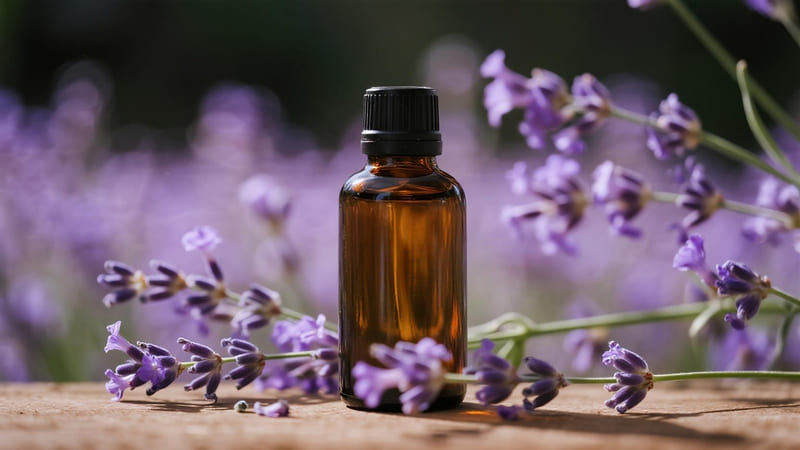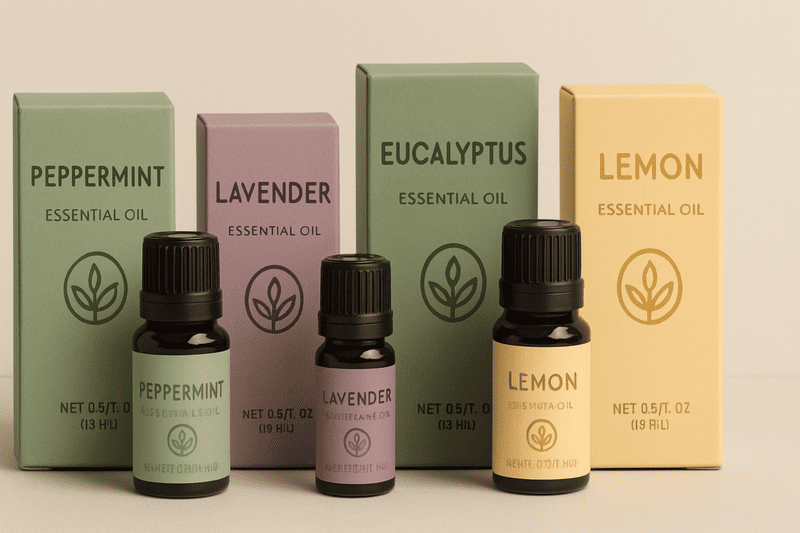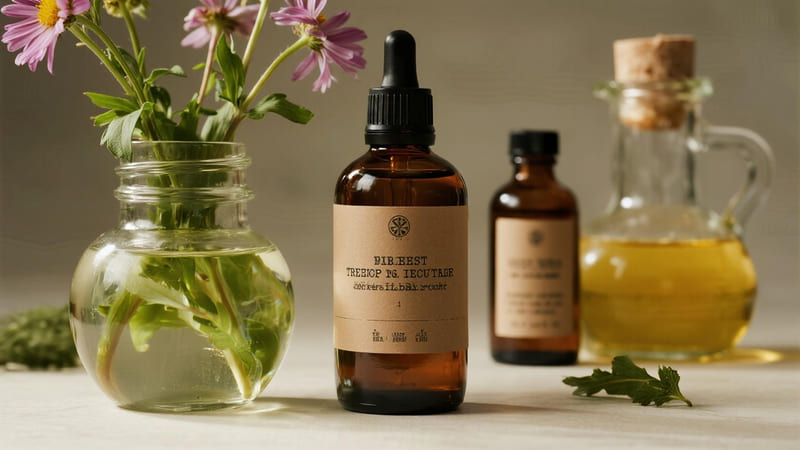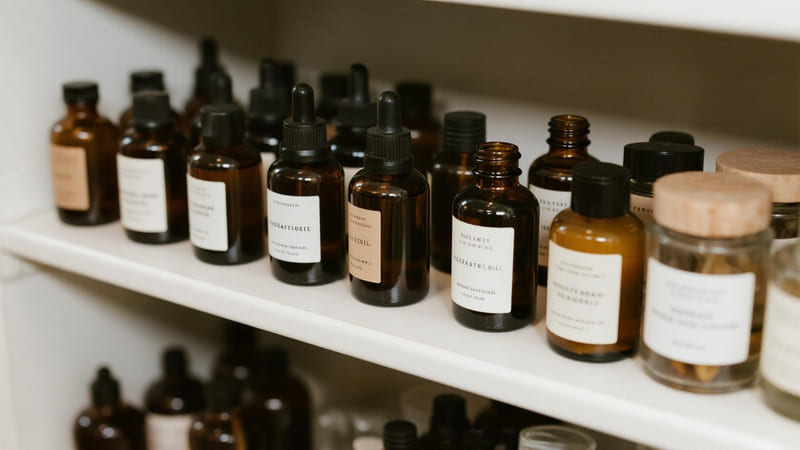The aroma of freshly baked goods evokes warmth, comfort, and often, a sense of natural goodness. For bakeries aiming to align their brand with these wholesome qualities, eco-friendly packaging is no longer just a niche trend—it’s becoming an essential ingredient for success.
Eco-friendly packaging is essential for bakery products because it resonates with increasingly environmentally conscious consumers, enhances brand image by reflecting values of care and naturalness, can help maintain product freshness without harmful chemicals, reduces landfill waste, and can differentiate a bakery in a competitive market.
The shift towards sustainability is reshaping consumer expectations across all industries, and the bakery sector is no exception. As a packaging manufacturer with ShineTop, while our core is cosmetics, we produce many paper-based and sustainable solutions that are perfectly suited for food items like baked goods. Let’s explore why eco-friendly choices are so vital for bakeries.
Why is it Important to Have Environmentally Friendly Packaging?
The importance of environmentally friendly packaging extends beyond just one industry; it’s a global imperative driven by the urgent need to address pollution, resource depletion, and climate change.
It is important to have environmentally friendly packaging to reduce pollution (especially plastic waste in oceans and landfills), conserve natural resources (by using recycled or renewable materials), minimize carbon footprint (through sustainable sourcing and lightweighting), meet growing consumer demand for sustainable practices, and build a positive brand image associated with corporate social responsibility.
The move towards greener packaging is a response to significant environmental challenges.
Core Reasons for Prioritizing Environmentally Friendly Packaging:
-
Reducing Pollution:
- Plastic Waste: Single-use plastics, a common packaging material, are a major contributor to landfill volume and ocean pollution, harming wildlife and ecosystems.
- Chemical Contamination: Some conventional packaging materials or inks can leach harmful chemicals into the environment or even the product.
-
Conserving Natural Resources:
- Eco-friendly packaging often utilizes:
- Recycled Content: Reduces the need to extract virgin raw materials (like petroleum for plastics or trees for paper).
- Renewable Resources: Materials like paper from sustainably managed forests (FSC-certified), bamboo, or agricultural byproducts.
- Eco-friendly packaging often utilizes:
-
Minimizing Carbon Footprint:
- Sustainable material choices (e.g., recycled aluminum saves ~95% energy vs. virgin), lightweight designs (reducing transport emissions), and local sourcing can lower the overall greenhouse gas emissions associated with packaging.
-
Meeting Consumer Demand & Building Brand Trust:
- Consumers are increasingly aware of environmental issues and actively seek out brands that demonstrate responsibility. Eco-friendly packaging can be a significant differentiator and trust-builder.
-
Regulatory Compliance:
- Many regions are implementing stricter regulations on single-use plastics and promoting circular economy principles, making sustainable packaging a necessity for compliance.
-
Protecting Biodiversity:
- Responsible sourcing of materials (like FSC-certified paper) helps protect forests and the habitats of countless species.
For bakeries, whose products are often perceived as natural and wholesome, using packaging that aligns with these environmental values reinforces that image and resonates deeply with customers who care about where their food comes from and how it’s presented.
How Important is the Packaging in Baked Products?
Packaging for baked goods does much more than just hold a loaf of bread or a delicate pastry. It plays a crucial role in maintaining quality, providing information, and attracting customers.
Packaging is very important in baked products as it protects them from physical damage, staling, and contamination; maintains freshness and extends shelf life; provides essential product information (ingredients, allergens, best-before dates); enhances visual appeal and brand recognition on shelves; and offers convenience for transport and handling.
The right packaging is critical for ensuring baked goods reach the consumer in the best possible condition and look appealing.
Key Roles of Packaging for Baked Goods:
-
Protection & Preservation:
- Physical Protection: Prevents delicate items like pastries, cakes, or soft breads from being crushed or damaged during transit and display.
- Maintaining Freshness: Protects against staling by controlling moisture loss or gain. Some packaging offers a barrier against air, which can cause products to dry out or become stale.
- Preventing Contamination: Shields products from dust, dirt, insects, and microbial contamination.
-
Shelf Life Extension:
- Appropriate barrier packaging can significantly extend the shelf life of many baked goods, reducing food waste.
-
Information & Compliance:
- Displays brand name, product name, ingredient list (crucial for allergens), nutritional information, net weight, baking/best-before dates, and contact information.
-
Visual Appeal & Branding:
- Attractive packaging can make baked goods look more appetizing and professional.
- Windows in boxes or bags allow customers to see the product, which can drive impulse purchases.
- Consistent branding across packaging builds recognition.
-
Convenience:
- Easy for customers to carry and transport.
- Some packaging is designed for easy serving or storage at home.
-
Hygiene:
- Provides a hygienic barrier between the product and external handling.
For artisanal bakeries, where craftsmanship and quality ingredients are key selling points, the packaging needs to reflect that same level of care and attention to detail. Eco-friendly materials often align perfectly with this artisanal, natural image.
Why is it Important to Use Eco-Friendly Materials?
The choice of materials is at the heart of sustainable packaging. Opting for eco-friendly materials over conventional, potentially harmful ones has far-reaching positive impacts.
It is important to use eco-friendly materials to lessen our collective environmental footprint by reducing reliance on finite virgin resources (like fossil fuels for plastics), minimizing pollution from production and disposal, decreasing landfill waste, supporting a circular economy through recycling and composting, and protecting biodiversity and ecosystem health.
Using eco-friendly materials is a tangible way for businesses, including bakeries, to demonstrate environmental stewardship.
Benefits of Choosing Eco-Friendly Materials:
- Reduced Dependence on Fossil Fuels: Many conventional plastics are derived from petroleum. Eco-friendly alternatives like paper, glass, or bio-based plastics reduce this dependence.
- Lower Greenhouse Gas Emissions: The production of some eco-friendly materials (especially recycled ones or certain plant-based options) can have a lower carbon footprint than virgin plastic production.
- Less Landfill Waste:
- Recyclable materials (paper, glass, aluminum, some plastics) can be reprocessed into new products.
- Compostable materials (certified bioplastics, uncoated paper, molded pulp) can break down into organic matter, enriching soil instead of taking up landfill space.
- Reduced Pollution:
- Biodegradable materials are less likely to persist in the environment as harmful pollutants compared to conventional plastics that can take hundreds of years to degrade (and then only into microplastics).
- Using non-toxic inks and adhesives further reduces chemical pollution.
- Conservation of Natural Habitats: Using FSC-certified paper ensures that wood pulp comes from responsibly managed forests, helping to protect biodiversity.
- Support for a Circular Economy: Prioritizing materials that can be reused, recycled, or composted helps to keep resources in use for as long as possible, minimizing waste.
- Improved Brand Image: Consumers increasingly favor brands that use sustainable materials, viewing them as more responsible and ethical.
For a bakery, using eco-friendly materials like unbleached Kraft paper boxes, glassine bags for individual pastries, or cellulose-based window films can strongly reinforce a brand message of naturalness, freshness, and care for both the customer and the environment. ShineTop offers a range of FSC-certified paperboard options perfect for creating such bakery boxes.
What are the Benefits of Using Eco-Friendly Products?
The benefits of using eco-friendly products, including those with eco-friendly packaging, extend to consumers, businesses, and the planet as a whole.
Benefits of using eco-friendly products include reduced environmental impact (less pollution, resource conservation), potential health benefits (fewer harmful chemicals), support for sustainable and ethical businesses, often higher quality and durability (for reusable items), and a positive contribution towards a healthier planet for future generations. For businesses, it can mean enhanced brand reputation, customer loyalty, and innovation.
Choosing eco-friendly products is a win-win, offering tangible advantages on multiple levels.
Advantages for Consumers:
- Reduced Exposure to Harmful Chemicals: Many eco-friendly products (and their packaging) avoid potentially harmful substances like BPA, phthalates, or toxic dyes.
- Healthier Indoor Environment: Natural cleaning products or home goods with fewer synthetic chemicals can contribute to better air quality.
- Supporting Ethical Values: Purchasing eco-friendly products allows consumers to align their spending with their environmental and social values.
- Often Higher Quality/Durability (for reusables): Items like stainless steel water bottles or organic cotton bags are designed to last, reducing long-term costs and waste.
- Peace of Mind: Knowing you’re making a choice that’s better for the planet.
Advantages for Businesses (like Bakeries):
- Enhanced Brand Image & Reputation: Being seen as environmentally responsible can significantly boost brand perception and attract conscious consumers.
- Increased Customer Loyalty: Customers who share environmental values are often very loyal to brands that reflect those values.
- Differentiation in the Market: Eco-friendly practices can be a strong unique selling proposition (USP).
- Attracting Talent: Employees, especially younger generations, are often drawn to work for companies with strong sustainability commitments.
- Potential Cost Savings (Long-Term): Reducing material use, energy consumption, and waste can lead to operational efficiencies.
- Innovation & New Market Opportunities: The drive for sustainability can spur innovation in products and packaging, opening up new markets.
- Meeting Regulatory Trends: Proactively adopting eco-friendly practices can put businesses ahead of future environmental regulations.
For a bakery, using eco-friendly packaging for its delicious bread, cakes, and pastries not only protects the goods but also tells a story of care, quality, and responsibility. It signals that the goodness of the ingredients extends to the way the product is presented and its impact on the world. This can be a powerful draw for customers who appreciate authenticity and mindful consumption.
Conclusion
Eco-friendly packaging is essential for bakery products because it aligns with the wholesome, natural image often associated with baked goods, meets the growing demand from environmentally aware consumers, and offers tangible benefits in terms of brand perception and reduced environmental impact. By choosing sustainable materials like recycled paperboard, glassine, or even innovative options like seed paper, and by adopting minimalist designs, bakeries can create packaging that is not only functional and attractive but also a testament to their commitment to a healthier planet.

